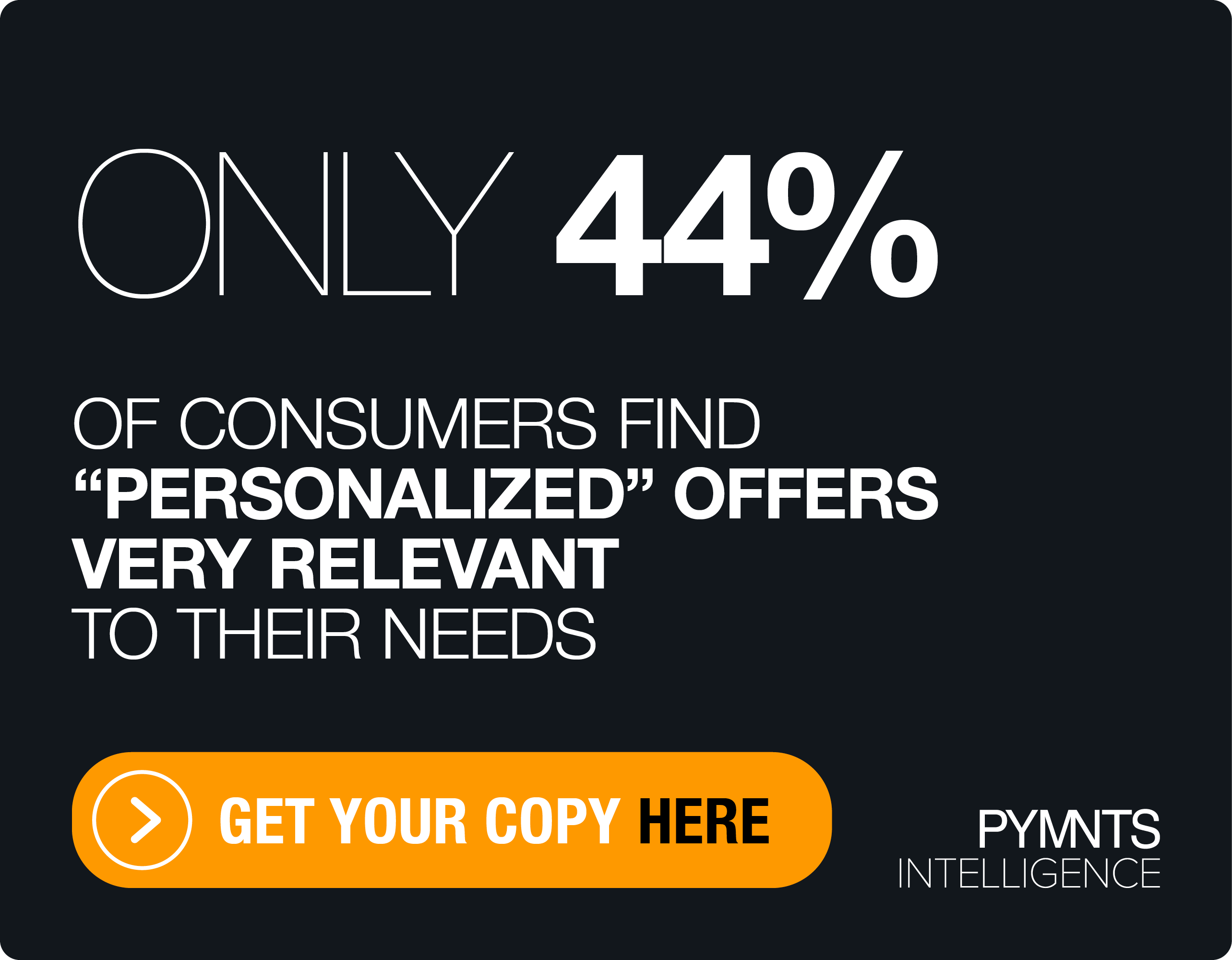Personalization Powers Loyalty Programs to New Levels of Customer Engagement
Loyalty programs are evolving to meet consumers’ changing values, Engage People Chief Technology Officer Len Covello told PYMNTS.
Loyalty has shifted from the typical interaction of earning some type of currency — air miles, for example — that are ultimately redeemed after being accumulated over several months.
“What we’ve seen over the past few years is that loyalty programs have tried to leverage personalization,” Covello told PYMNTS.
Against that backdrop, loyalty programs are less about being rewarded for specific actions than about receiving value for services.
We’re a long way away from loyalty programs’ origins decades ago as stamps collected, presented at a merchant’s counter and redeemed, he said, and a long way from catalogs sent in the mail. Gift cards are not as satisfying a choice because they lock a consumer into a particular merchant’s ecosystem of stores and their own website.
“And what gift cards really told us is we’re failing,” he said. “If you need to pick a medium to take that currency out of the loyalty program and go shop on your own, we’re not giving you … something that’s really meaningful and relevant to you. So, what pay with points does is it takes that interaction and makes it happen in real time.”
Loyalty programs,” he said, can “elevate those interactions with members.”
Elevating those interactions can come across all manner of online and offline channels, as so many of us browse and shop in stores and online, blurring the lines between digital life and brick-and-mortar commerce, he said.
A Holistic View
As retailers update their systems and modernize their technology stacks, they can see how individual consumers interact with their respective brands across channels, he said. And with that holistic view in place, merchants can craft a personalized approach to rewards, delivered in real time.
The data points underpinning retailers’ insights have been there for a while, but merchants have had to embrace a bit of a mindset shift to take advantage of the information already on hand. The old approach may have been one where enterprises wanted, in Covello’s words, “to take as little data as possible because it eliminates risk.”
But, he added, the ubiquity of mobile devices and more robust risk and compliance mandates has helped firms rethink how they harness and use that individual-level wealth of information.
“Advanced technologies such as AI and machine learning” have proven to be potent tools in synthesizing that data into actionable insights, said Covello. Companies such as Engage People can help retailers target consumers with loyalty programs that, for example, offer double points or other rewards as consumers tap their phones in stores.
“These offers don’t just become blindsiding email blasts that go out to everyone, where the click-through rate might be quite low,” he said.
The click-through rate on personalized offers improves dramatically — by as much as 100%, he said.
Paying with points is proving to be especially valuable in a macroeconomic environment where many everyday essentials are more expensive than has been seen in decades, Covello said.
“You want that loyalty transaction to happen specifically when you’re interacting [with a merchant] in your day-to-day life,” he said.
Paying with points, ideally, should be a seamless experience, as easily completed whether paying for the morning’s coffee or the week’s groceries — paid for by the brand favored by the consumer, he said.
“That’s where the loyalty interaction needs to happen, and that’s what pay with points does,” he said, adding that the immediate gratification and strengthening of a brand “is the holy grail of loyalty.”

